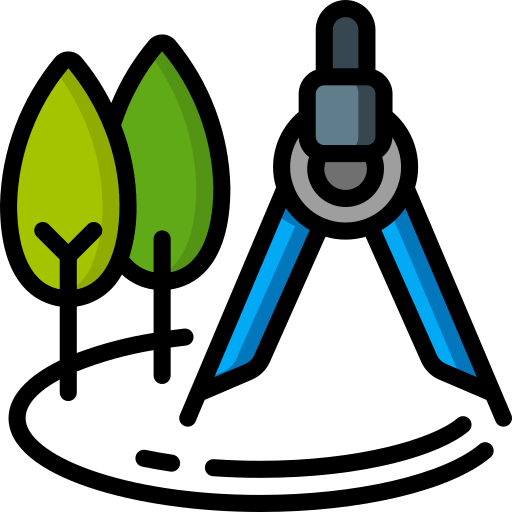Is Traditional Marketing Outdated? Here’s Our Take
You’ve probably heard people say, “Traditional marketing is dead,” while others claim, “Digital is the only way to go.” But is it really? With all the buzz around digital strategies, it’s easy to think old-school marketing is irrelevant, but we don’t fully agree.
Let’s be real. Things have changed. Fewer companies rely solely on traditional marketing like they used to. But that doesn’t mean you should ignore it completely. If you’ve been following OTINGA Marketing, you’ll know we believe it’s not about choosing one, but it’s about using both strategically.
Today, we are answering a reader’s question from our last blog:
“Should businesses prioritise one method over the other, or is a blended approach the most effective in today’s diverse market?”
Why Traditional Marketing Still Matters (Even in the Digital Age)
Digital is powerful, no doubt. But traditional marketing offers something different: real, human connection. For some of our clients, especially when brand awareness and trust are key goals, we suggest using both traditional and digital marketing together.
Take McVitie’s campaign, for example. They do in-person product sampling while collecting short surveys. This gave valuable feedback on customer experience and helped build real trust between the brand and its audience.
Or consider the Handshake and Roome campaign. We went straight to universities in the Northeast, encouraging students to download an app on the spot. It wasn’t just about downloads—it was about connection, visibility, and engagement. And yes, we tracked the impact digitally. Traditional did the outreach; digital did the data.
Why Digital Marketing is Non-Negotiable in 2025
Digital marketing is not just cheaper, but also smarter when used well. You can:
-
- Reach people 24/7
-
- Target based on location, behaviour, and interests
-
- Track results in real time
-
- Scale campaigns globally
-
- Create personalised content for different audience segments
Example:
usually After we finish a traditional event campaign, we’ll often retarget attendees on Instagram and Facebook. We believe they’ve already met the brand in person, so when they see the ad online, it will more easily turn them to become customers and increase the conversion rates. And sometimes, we do both together. We held the traditional campaign at the same time as the online campaign. For example, for the campaign Brack Burger, they offer a lowball price of £2 for an actual price of £9 for a burger at the campaign location, and at the same time, people need to follow them on social media to get that offer price. And they monitor the number of followers live, and by the end of the campaign, more than 1000 burgers were sold for the offer price, and more than a thousand people followed their Instagram.
Conclusion: Which one is better in 2025, Digital or Traditional Marketing?
So to answer the reader questions, neither wins alone. And most successful businesses in the UK use integrated marketing. They combine them to reach more people, build deeper trust, and measure what actually works.
That’s why at OTINGA, we don’t just run campaigns — we integrate them. And always remember that traditional marketing experiences build trust and create the physical spark, while digital keeps the conversation going through consistent calls to action across channels (QR codes, hashtags, links).
Some businesses feel like traditional marketing requires more time to plan and manage and is very costly and prefer digital. While others may think they have to choose one path. And the smartest thing to do in 2025 is to try to integrate both if you have an extra budget, or maybe you can simply start by joining the event held by another company and try to meet up with your potential audience and track the outcome digitally. We here at Otinga believe that by holding both approaches, you yield a maximum impact for each marketing activity or campaign because the real question is not which one is better but how you can make them work together based on your budget, time and business and marketing goals and what you want to achieve from it and how you see fit to integrate the effort together.
Here we give a quick comparison of traditional and digital marketing. If you would like to read more, you can read from our previous article here.
Quick Comparison: Advantages & Disadvantages
| Traditional | Digital | |
| Reach | Local / Regional | Global |
| Cost | Higher per reach | Lower per reach |
| Interaction | Limited | Real-time & interactive |
| Tracking | Harder to measure | Easy, with analytics |
| Trust | High in-person | Builds over time |
| Learning Curve | Low for print/TV | Higher, needs upskilling |
(Sources: Chaffey & Ellis-Chadwick, 2019; Mailchimp, 2023; OTINGA marketing, 2025)
Download the OTINGA Event Marketing Checklist 2025 – Free PDF for UK businesses who want a practical step-by-step guide on running a traditional campaign that works with digital; get it here.
When to Use #Traditional Marketing
Here’s a quick cheat sheet:
-
- Want better brand awareness? → Attend events, hand out flyers, and encourage social follows.
-
- Launching a new product? → Use sampling or street teams.
-
- Want more email sign-ups? → Collect them offline and move the conversation online.
Blend Both Worlds for Better Results
Traditional marketing isn’t about ignoring digital, but it’s about supporting it.
Before you start, know:
-
- Your goal
-
- Your budget
-
- Your timeline
You don’t want to blow thousands of pounds and end up with nothing. Every marketing activity should have a clear outcome in mind.
To keep it simple: traditional marketing isn’t outdated; it just needs to be combined smartly with digital strategies for the best results in today’s world.



